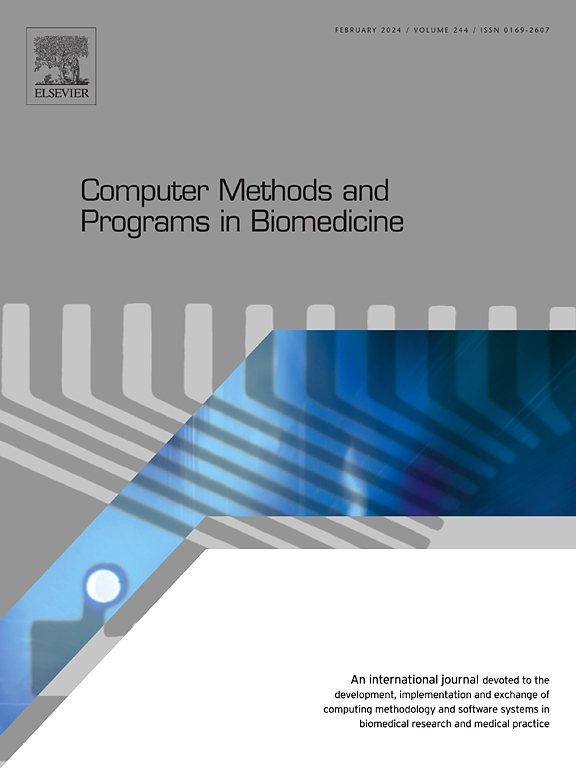Hybrid-noise generative diffusion probabilistic model for cervical spine MRI image generation
IF 4.9
2区 医学
Q1 COMPUTER SCIENCE, INTERDISCIPLINARY APPLICATIONS
引用次数: 0
Abstract
Medical imaging is crucial for artificial intelligence-based clinician decision-making. However, learning anatomical features from limited samples poses a challenge. To address this issue, recent studies have employed diffusion models to generate medical imaging data, demonstrating the potential for high-quality medical image generation through deep learning. In this paper, we propose a high-quality cervical MRI image generation method called the Cervical Spine MRI Diffusion Probabilistic Model (CSM-DPM). Considering the complexity of neck MRI image data, our method uses a hybrid of standard Gaussian noise and point noise obtained by sampling within 2D Gaussian noise fields to approximate the true distribution of the image data. Meanwhile, the cosine noise schedule is used to make the morphology of the generated vertebral blocks and other focal areas more visually natural and clear. Furthermore, to enhance the noise prediction capabilities of UNet in DDPM, we devise the Asa-ResUNet module, which incorporates an asymmetric attention mechanism. This mechanism includes spatial attention on different ResUNet layers to improve feature extraction and incorporates high-level semantic information. We further enhance the stability and robustness of the Asa-ResUNet by using an exponential weighting strategy (EMA). Experiments demonstrate that our method produces cervical spine MRI images with FID values that are up to 15.79%, 52.61%, and 46.57% lower than those produced by DDPM, DDIM, and F-PNDM, respectively, indicating superior image quality. Segmentation experiments confirm that the generated images can enhance the overall performance of segmentation models when used for training.
求助全文
约1分钟内获得全文
求助全文
来源期刊

Computer methods and programs in biomedicine
工程技术-工程:生物医学
CiteScore
12.30
自引率
6.60%
发文量
601
审稿时长
135 days
期刊介绍:
To encourage the development of formal computing methods, and their application in biomedical research and medical practice, by illustration of fundamental principles in biomedical informatics research; to stimulate basic research into application software design; to report the state of research of biomedical information processing projects; to report new computer methodologies applied in biomedical areas; the eventual distribution of demonstrable software to avoid duplication of effort; to provide a forum for discussion and improvement of existing software; to optimize contact between national organizations and regional user groups by promoting an international exchange of information on formal methods, standards and software in biomedicine.
Computer Methods and Programs in Biomedicine covers computing methodology and software systems derived from computing science for implementation in all aspects of biomedical research and medical practice. It is designed to serve: biochemists; biologists; geneticists; immunologists; neuroscientists; pharmacologists; toxicologists; clinicians; epidemiologists; psychiatrists; psychologists; cardiologists; chemists; (radio)physicists; computer scientists; programmers and systems analysts; biomedical, clinical, electrical and other engineers; teachers of medical informatics and users of educational software.
 求助内容:
求助内容: 应助结果提醒方式:
应助结果提醒方式:


